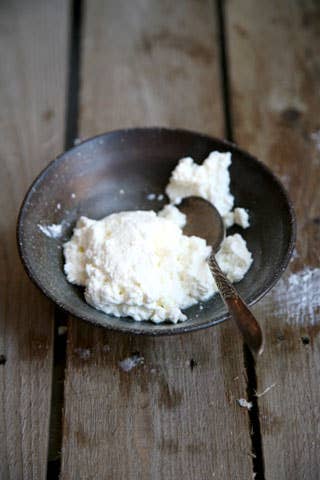
How To Make Ricotta At Home
Traditionally, ricotta was made by reheating whey left over from the cheese-making process; these days it can still be made from whey or whey fortified with milk or cream (to increase the yield), or by extracting curds from whole milk, which is the norm in commercial dairies. The author Janet Fletcher's friend Rosetta Costantino led us to an easy method that produces the sweet, earthy flavor of old-world ricotta by combining whole milk with rennet, which consists of enzymes that act as a coagulant. We tried coagulating ricotta with lemon juice, vinegar, and buttermilk but ended up with neutral-tasting, large, crumbly curds. Rennet produces moister, tastier curds, as it leaves more proteins intact and does not inhibit the milk's flavor compounds as an acid would. The temperature to which the milk is heated is also important. Bringing the temperature up to 200° sweetens the milk and readies its proteins for coagulation. It also causes the curds to retain more whey, for a creamier, smoother cheese.
Keep Reading
Continue to Next Story










